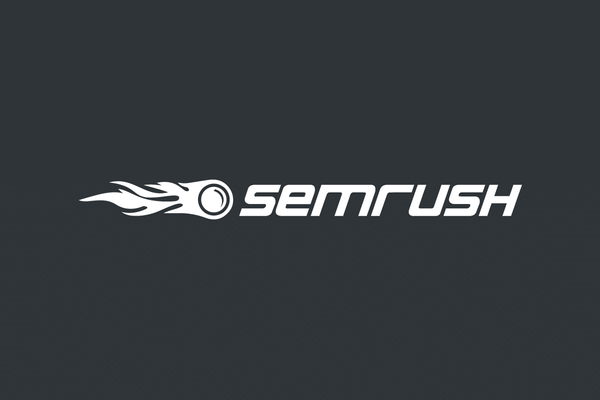One of the latest significant Google search algorithm update is the "Helpful Content Update," which was rolled out in August 2022. This update focuses on improving the search experience by prioritizing content that provides real value to users and demoting content primarily designed to attract search engine traffic without being genuinely helpful. Here’s an in-depth look at the Helpful Content Update and how to adapt to it.
Overview of the Helpful Content Update
Definition
- Helpful Content Update: This update aims to reward websites with genuinely helpful, informative, and valuable content while demoting sites with content designed primarily for SEO purposes rather than for providing real value to users.
Key Aspects of the Update
User-Centric Content
- User Intent: Content should be created with the user in mind, addressing their needs, questions, and concerns comprehensively.
- Originality and Insight: The update favors content that offers unique insights, original research, and genuine expertise over recycled or superficial information.
Depth and Quality
- Comprehensive Coverage: Content should cover topics thoroughly, providing detailed and nuanced information rather than surface-level details.
- Authority and Trust: Demonstrating authority and building trust are crucial. This includes citing credible sources, providing author credentials, and ensuring factual accuracy.
Relevance and Engagement
- Relevance to Queries: Content should be closely aligned with the search queries it aims to rank for, ensuring that it satisfies user intent.
- Engagement Metrics: User engagement signals such as time on page, bounce rate, and click-through rate (CTR) are important indicators of content quality.
Adapting to the Helpful Content Update
1. Focus on User Experience
Understand User Intent
- Keyword Research: Conduct thorough keyword research to understand what users are looking for and tailor your content to meet these needs.
- Content Mapping: Map your content to different stages of the user journey, ensuring it addresses specific intents such as informational, navigational, transactional, or commercial investigation.
Improve Content Quality
- Depth and Detail: Ensure your content is comprehensive and covers topics in-depth. Use subheadings, bullet points, and structured formats to make it easy to read.
- Multimedia Elements: Incorporate images, videos, infographics, and other multimedia elements to enhance the user experience and provide additional value.
2. Enhance Authority and Trustworthiness
Expert Contributions
- Authoritative Sources: Use expert writers with proven credentials in their field. Include author bios and links to their profiles.
- Citations and References: Cite reputable sources and include references to support your content. This not only adds credibility but also builds trust with your audience.
Transparent Practices
- Transparency: Be transparent about your content’s purpose. Avoid clickbait titles and ensure your content delivers on the promises made in the headlines.
- E-A-T Principles: Focus on Expertise, Authoritativeness, and Trustworthiness (E-A-T). Google values content that demonstrates high E-A-T, particularly in YMYL (Your Money or Your Life) niches.
3. Optimize for Engagement
Improve Readability
- Readable Content: Use clear, concise language. Break up long paragraphs and use subheadings to make your content more scannable.
- Interactive Elements: Add interactive elements like quizzes, polls, and comment sections to engage users and encourage interaction.
Monitor User Metrics
- Analytics Tools: Use tools like Google Analytics to monitor user engagement metrics such as average session duration, bounce rate, and pages per session.
- Feedback Mechanisms: Implement feedback mechanisms like surveys or user ratings to understand what your audience finds helpful and where you can improve.
4. Stay Updated with SEO Best Practices
Regular Audits
- Content Audits: Conduct regular content audits to identify and improve underperforming pages. Update outdated content with fresh information and new insights.
- SEO Audits: Perform regular SEO audits to ensure your site adheres to the latest best practices and guidelines.
Continuous Learning
- Stay Informed: Keep up with the latest developments in SEO and algorithm updates. Follow reputable SEO blogs, forums, and Google’s official announcements.
- Adapt Strategies: Be ready to adapt your SEO strategies based on new insights and changes in search engine algorithms.
Final Thoughts
The Helpful Content Update underscores Google’s commitment to providing users with high-quality, relevant, and valuable content. Adapting to this update involves focusing on user-centric content, enhancing the authority and trustworthiness of your site, optimizing for user engagement, and staying updated with SEO best practices. By prioritizing the needs of your users and delivering content that genuinely helps them, you can improve your search rankings and build a more successful online presence.








